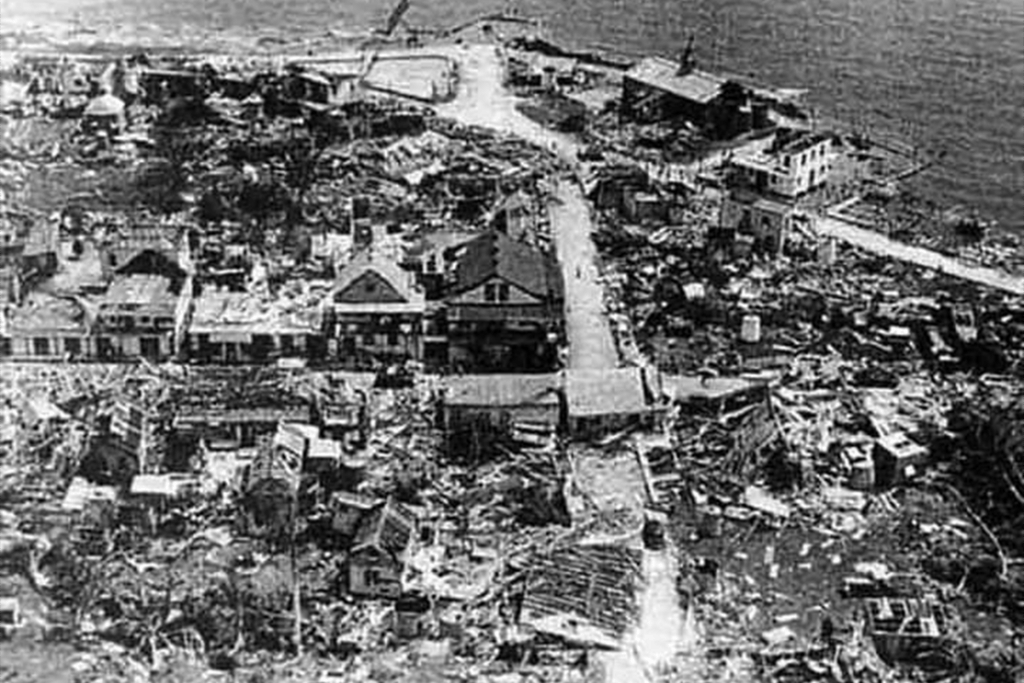September 22, 2025, marked the 70th anniversary of Hurricane Janet’s devastating impact on Barbados. The storm, which struck in 1955, left a trail of destruction, damaging 8,000 homes, shutting down the island’s main radio station, blocking critical roadways, and causing the collapse of Gospel Hall in Christ Church, which claimed ten lives. In total, over 50 lives were lost. The economic toll was staggering, with damages estimated at US$5 million in 1955, equivalent to US$60 million today. This anniversary serves as a stark reminder of the vulnerability of small island developing states like Barbados to natural disasters. Over the decades, Barbados has made significant strides in enhancing its resilience. Efforts include upgrading building standards, with a shift from timber to masonry construction, the introduction of building codes such as CUBIC in the 1980s and the Barbados Building Codes of 1993 and 2013, and the passage of the Planning and Development (Amendment) Act 2020-34. However, the Barbados Association of Professional Engineers (BAPE) emphasizes that more must be done to address the escalating threats posed by climate change. The Caribbean has witnessed an increase in ‘super’ storms, driven by global warming, necessitating urgent action. BAPE recommends three critical measures: professional assessments of existing buildings for hazard readiness, adherence to best practices in the design and construction of new buildings, and the proclamation of Section 44 of the PD Act to ensure robust building control. These steps, BAPE asserts, will fortify Barbados’ infrastructure against future climate-induced hazards, which are projected to surpass the severity of Hurricane Janet. Engineer Rey Moe, President of BAPE, underscores the importance of continuous review and strengthening of building codes and guidelines to safeguard the island’s future.
